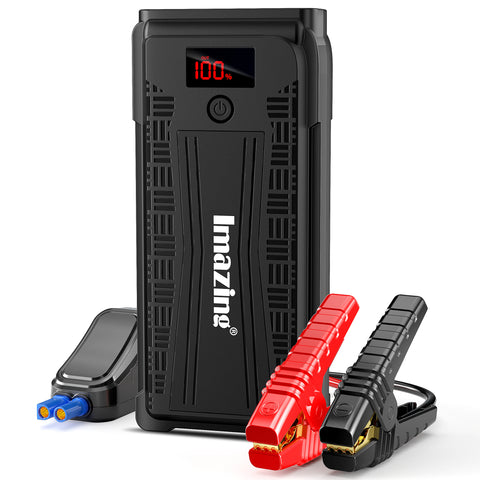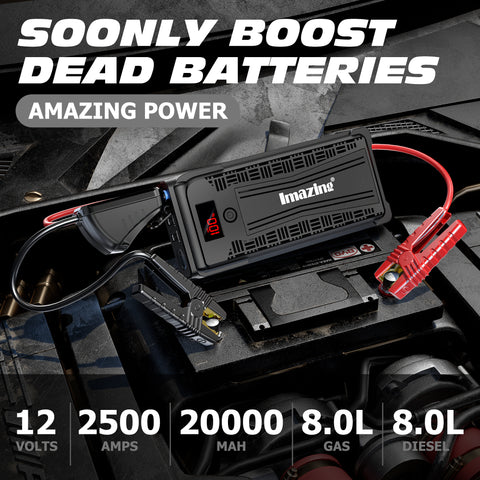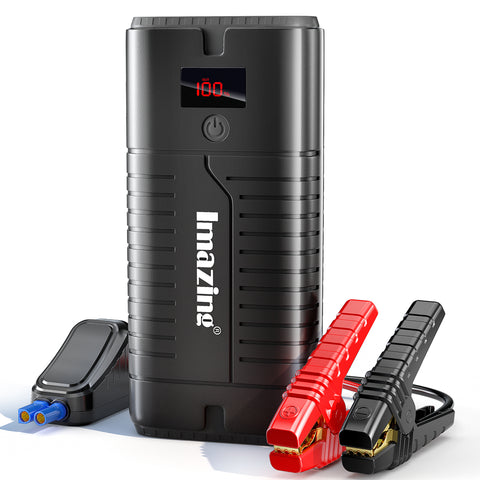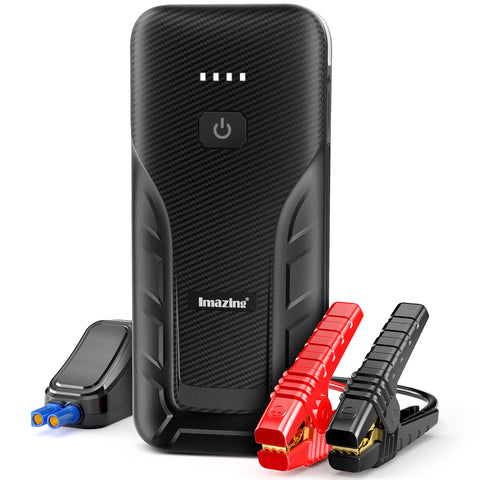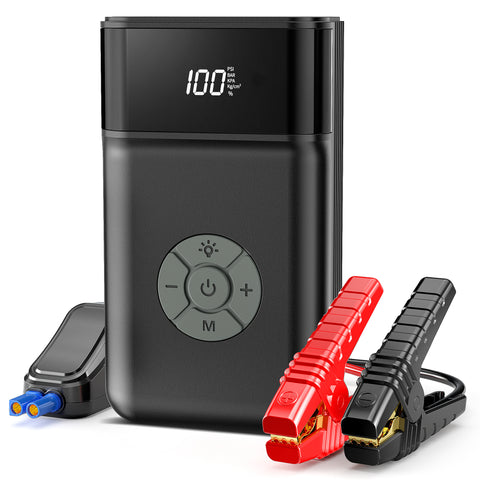Battery Building Blocks
The three core building blocks of any battery consists of the cathode, the anode and of course the electrolyte which is essentially the catalyst that facilitates energy being stored and used via the battery. Electrons are constantly building up and moving when charging a battery, which creates what we call a “voltage potential”. Releasing the energy from the battery happens when current passes from the positive cathode via an external load into the negative node. When charging a battery, current flows the other way around to draw energy into the battery.
There are two distinct pathways of all standard batteries. The first is the circuitry itself which facilitates the flow of electrons and load management. The other pathway is for the separator which is used for insulation purposes. All ions in a battery function either by gaining or losing electrons. Their status determines whether a battery is electrically charged or discharged. The movement of the ions is facilitated by the separator. Without a separator, a battery would be unable to function the way it does.
The electrode that is responsible for releasing electrons when the battery is in use or being discharged is called the anode while the electrode that absorbs electrons is known as the cathode. These two building blocks of the battery are represented in the negative and positive ends respectively.
Finally, we have the separator which serves as the activator for batteries. The electrolytes are capable of moving between electrodes and the outer cell of the battery. They allow ions to pass through, without which a battery would be rendered useless. Over time the potency of the three major building blocks declines in rechargeable batteries while the anode, cathode, and electrolytes are fully extinguished when a non-rechargeable battery is fully extinguished through usage. All three building blocks need to function simultaneously for any battery to operate normally and an imbalance may cause battery leaks or circuit failures.
